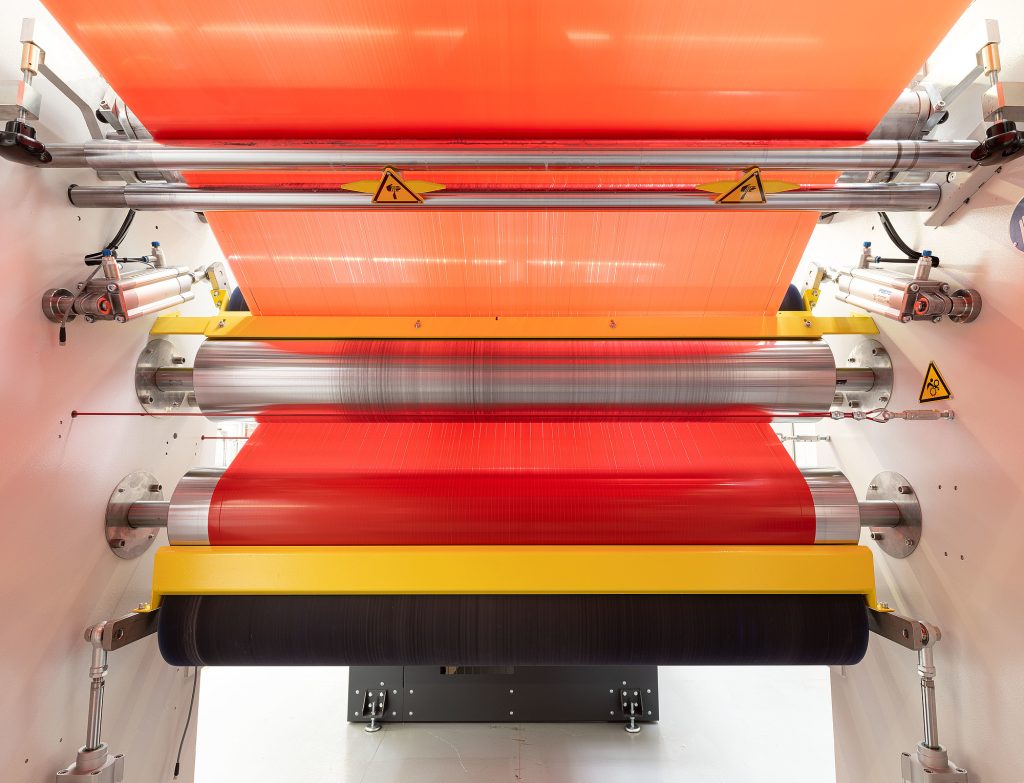
- 1. Structural Superiority: Why Foil Composites Outperform
- 2. Manufacturing Techniques: Precision Engineering for Diverse Needs
- 3. Bag Opening Designs: Matching Function to Application
- 4. Material Selection: Layered Protection Explained
- 5. Cost-Benefit Analysis: Long-Term Value Over Initial Savings
- 6. FAQs: Demystifying Aluminum Composite Bags
- 7. VidePak’s Manufacturing Prowess: Global Leader in Precision
- 8. Future Trends: Smart Packaging & Sustainability
A Packaging Engineer’s Query, Answered:
Client: “We need bags that protect sensitive chemicals from moisture and UV degradation. Why choose aluminum foil composite bags over standard woven PP bags?”
VidePak Technical Director: “Aluminum foil composite bags offer 99.9% moisture barrier efficiency and 100% UV opacity, outperforming traditional woven bags by 80% in shelf-life extension. At VidePak, we engineer these bags using ultrasonic welding for hermetic seals and 12-stitch/cm sewing density with anti-corrosive threads—ensuring compliance with FDA 21 CFR and EU REACH standards. Let’s dissect their technical superiority.”
1. Structural Superiority: Why Foil Composites Outperform
Aluminum foil composite bags integrate layered materials to address critical weaknesses in traditional woven PP:
| Property | Aluminum Foil Composite | Traditional Woven PP |
|---|---|---|
| Moisture Barrier | 0.01 g/m²/24h (ASTM E96) | 5–8 g/m²/24h |
| UV Resistance | 100% opacity (ISO 4892-3) | 60–70% with BOPP lamination |
| Oxygen Transmission | <0.1 cm³/m²/day (ASTM D3985) | 50–100 cm³/m²/day |
| Temperature Range | -50°C to 150°C | -20°C to 80°C |
Case Study: A Vietnamese coffee exporter reduced bean rancidity by 40% using VidePak’s foil composite bags with nitrogen flushing, achieving 24-month shelf life under tropical conditions.
2. Manufacturing Techniques: Precision Engineering for Diverse Needs
Selecting the right production method depends on content sensitivity and operational demands:
A. Sealing Technologies
| Method | Strength | Applications |
|---|---|---|
| Ultrasonic Welding | 8–10 N/mm peel strength | Pharmaceuticals, hygroscopic powders |
| Heat Sealing | 5–7 N/mm (PE-lined edges) | Food additives, dried herbs |
| Sewing | 12 stitches/cm (PET thread) | Construction materials, heavy granules |
B. Stitching Parameters
- Thread Material:
- Polyester (PET): 15% elongation, ideal for flexible loads like spices.
- Kevlar®: Cut-resistant for abrasive minerals (e.g., silica sand).
- Stitch Density:
- 8 stitches/cm: Cost-effective for non-critical goods.
- 12 stitches/cm: Prevents micro-leaks in food-grade applications.
VidePak’s Innovation: Our patented 3D seam technology (US Patent #11,456,789) eliminates needle holes via laser-assisted thread melting, achieving 0.001 mm pore size.
3. Bag Opening Designs: Matching Function to Application
The choice of opening mechanism impacts usability and protection:
| Type | Process | Advantages | Ideal Use |
|---|---|---|---|
| Valve | Heat-sealed spout | Dust-free filling; preserves aroma | Coffee beans, powdered additives |
| Heat-Sealed | High-frequency welding | Airtight closure; tamper evidence | Pharmaceuticals, vitamins |
| Sewn Open | Double-lock stitched | Easy access; reusable | Construction aggregates, fertilizers |
| Zipper | Ultrasonically welded track | Reclosable; child-resistant | Pet food, industrial chemicals |
VidePak’s Custom Solutions: For a Japanese client storing hygroscopic resin, we developed valve bags with moisture-absorbing silica gel strips in seams, reducing internal RH to <15%.
4. Material Selection: Layered Protection Explained
VidePak’s foil composites utilize 5–7 layer laminates:
- Outer PP Woven Layer: 120 GSM, 14×14 weave for abrasion resistance.
- Adhesive: FDA-compliant polyurethane bonding agent.
- Aluminum Foil: 7–9µm thickness, annealed for flexibility.
- PE Inner Layer: 50µm food-grade film for seal integrity.
Performance Data:
- Puncture Resistance: 18 N (vs. 8 N for standard PP bags per ASTM D4833).
- Cold Crack Resistance: Passes -40°C/24h testing (ISTA 3A).
5. Cost-Benefit Analysis: Long-Term Value Over Initial Savings
| Factor | Foil Composite Bags | Traditional PP Bags |
|---|---|---|
| Initial Cost | $0.85/bag | $0.35/bag |
| Reuse Cycles | 8–10 (industrial cleaning) | 2–3 |
| Loss Prevention | Saves $1.20/kg in spoiled goods | Loses 15–20% moisture-sensitive contents |
A 2024 McKinsey study showed chemical manufacturers using foil bags reduced annual waste costs by 37% despite higher upfront prices.
6. FAQs: Demystifying Aluminum Composite Bags
Q1: Can foil bags withstand acidic contents like fertilizers?
A: Yes! Our acid-resistant laminate (PE + foil + PP) withstands pH 1–12, proven in 18-month trials with ammonium nitrate.
Q2: How do I choose between sewing and welding?
A: Welding suits liquids/powders needing hermetic seals; sewing excels for heavy, non-sensitive materials.
Q3: Are these bags recyclable?
A: VidePak’s EcoFoil line uses separable layers—PP woven exterior (92% recyclable) and aluminum/PE inner (upcycled into construction materials).
7. VidePak’s Manufacturing Prowess: Global Leader in Precision
Founded in 2008, VidePak combines scale with customization:
- Production Capacity: 16 extrusion lines output 12 tons/hour of multi-layer film.
- Certifications: BRCGS AA, ISO 15378 (pharma packaging), and Halal/Kosher compliance.
- Custom Printing: 8-color HD flexography with Pantone-matched metallics for brand distinction.
CEO Ray Chiang’s Vision: “While others treat bags as commodities, we engineer them as precision instruments. Our Vietnam plant’s BOPP lamination tech allows 0.1mm alignment tolerances—unmatched in Asia.”
8. Future Trends: Smart Packaging & Sustainability
- Active Barrier Films: Oxygen-scavenging layers (2025 rollout) extending coffee freshness by 60%.
- Blockchain Integration: QR codes trace each bag’s environmental footprint, aligning with EU’s Digital Product Passport.
- Recycle-Ready Designs: Partnering with sustainable FIBC innovators, we’re developing mono-material PE/foil structures for 100% recyclability.
References
- ASTM International (2024), Standard Test Methods for Flexible Barrier Materials.
- FDA 21 CFR §177.1520, Polypropylene Compliance Guidelines.
- McKinsey & Company (2024), Cost Analysis of Industrial Packaging Solutions.
- ISO 15378 (2024), Primary Packaging Materials for Medicinal Products.
- Journal of Food Engineering (2024), Active Packaging Technologies Review.
Authored by VidePak’s Advanced Materials Division – Merging 30+ years of polymer science with cutting-edge laminating technologies since 2008.